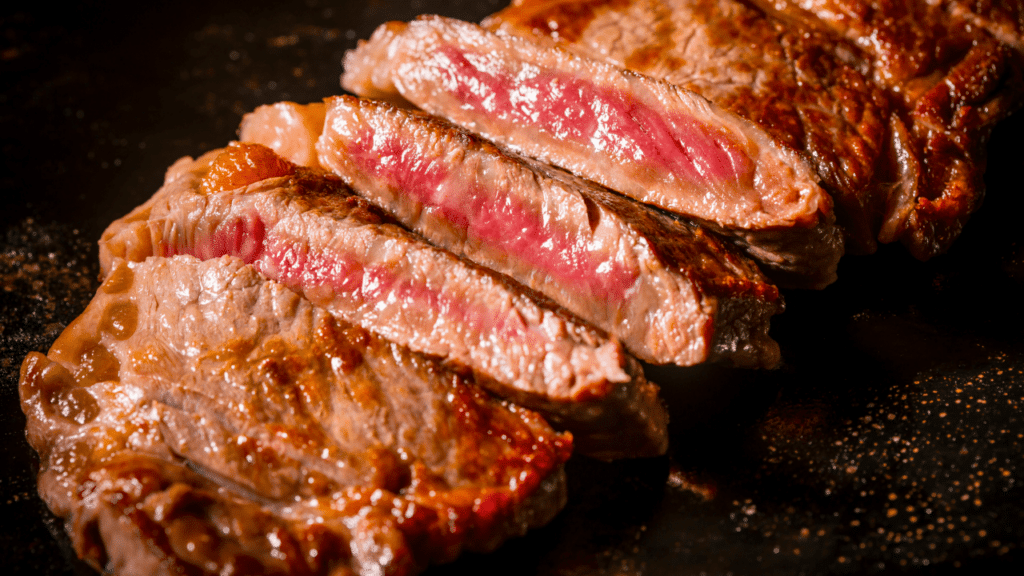You’ve just cooked the perfect steak or roasted a succulent chicken to perfection, but before you give in to the temptation of cutting into that delicious meat, there’s one essential step you mustn’t skip: resting the meat. While it may seem like an unnecessary delay in your culinary process, resting is a critical technique that can significantly impact the texture, juiciness, and flavor of your meat. In this article, we’ll dive deep into the science of why resting meat is so crucial and how mastering this often-overlooked step can elevate your cooking from merely good to truly exceptional.
The Science Behind Resting Meat
When you cook meat, the proteins within it denature and the muscle fibers contract, squeezing out moisture. Resting meat allows these fibers to relax, which in turn allows the meat to reabsorb some of the lost juices. This process makes the meat juicier and more flavorful. Additionally, resting helps redistribute the juices throughout the meat, ensuring that each bite is moist and tender.
How Long Should Meat Rest?
The ideal resting time varies depending on the type and size of the meat. For example, a steak should rest for about 5-10 minutes, while a whole roasted chicken may require 15-20 minutes. The general rule is that thicker cuts need more time to rest. This allows the meat to stabilize and reach the desired level of doneness without losing moisture.
The Role of Carryover Cooking
Carryover cooking occurs when the internal temperature of the meat continues to rise even after it’s removed from the heat source. During the resting period, this can cause the temperature to increase by 5-10°F (3-6°C), depending on the size and thickness of the meat. Understanding carryover cooking helps you avoid overcooking and ensures that your meat reaches the perfect doneness.

Best Practices for Resting Meat
To get the most out of resting your meat, it’s important to follow some best practices. Rest the meat on the countertop, or if you’re concerned about it cooling too much, use a warm oven set to a very low temperature. Lightly cover the meat with foil to retain heat without causing it to steam, which can soften the crust or skin. These practices help maintain the meat’s temperature and texture without overcooking it.
Practical Examples: Resting in Action
Seeing the benefits of resting meat in action can solidify its importance. For instance, after grilling a steak, let it rest for 5-10 minutes under foil. This ensures that the steak retains its juices, resulting in a juicy, tender bite. Similarly, a roasted chicken should rest for 15-20 minutes before carving to allow the juices to redistribute, ensuring a moist and flavorful bird.
Conclusion:
Resting meat is an essential step that can dramatically improve the quality of your dishes. By allowing the meat to rest, you give it time to reabsorb its juices, resulting in a final product that is both juicy and tender. Whether you’re grilling, roasting, or pan-searing, taking the time to rest your meat will ensure that all your hard work in the kitchen pays off with delicious, perfectly cooked results. Also, check out our Meat°it 3 wireless meat thermometer, designed to help you achieve perfect results every time, effortlessly and worry-free.
